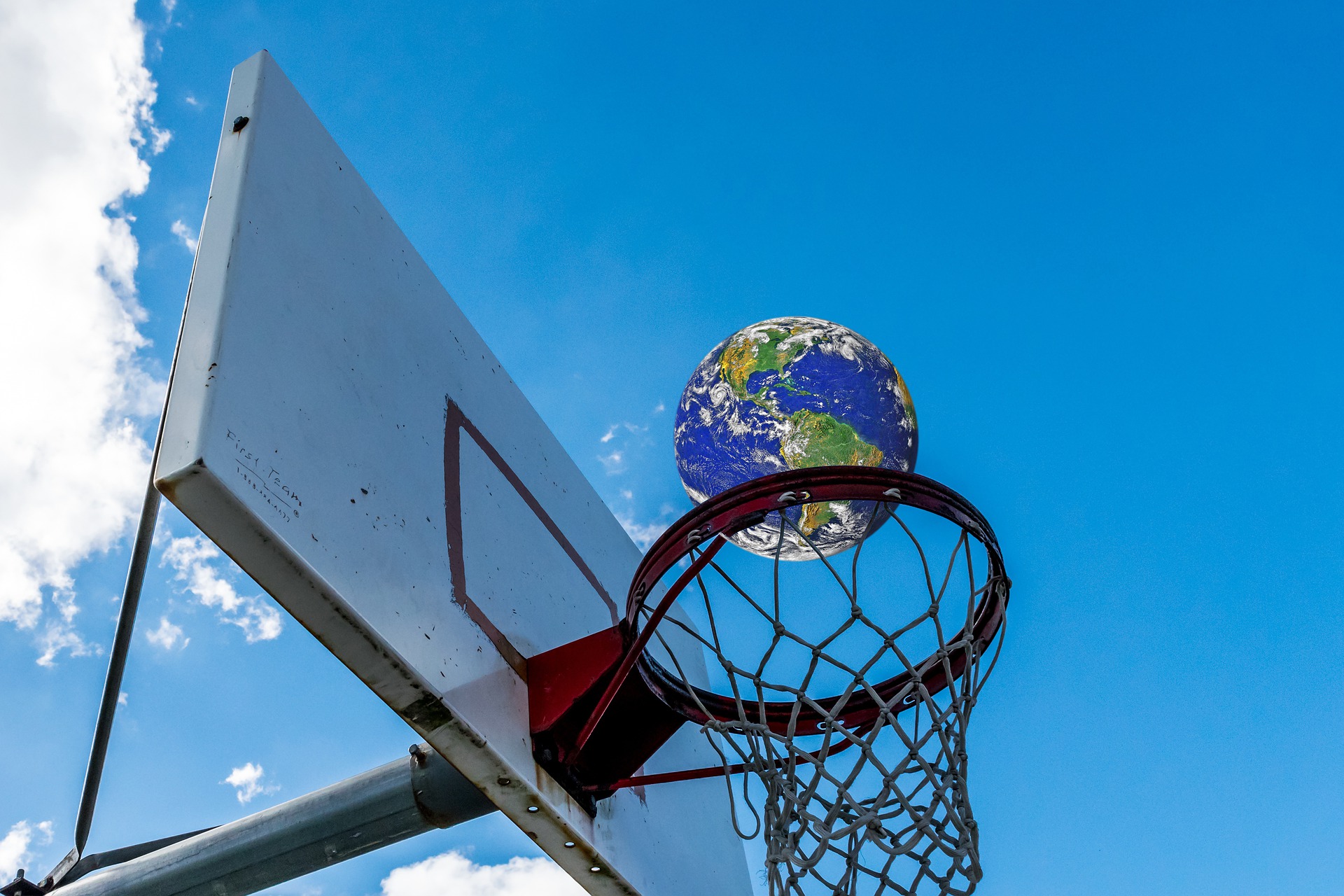When I was a philosophy student at Princeton in the 1970s, our department was rated number one nationally because of its stars in analytic theory. But the hottest department was Harvard’s, where two professors who were office neighbors held opposing viewpoints on social philosophy and wrote bestsellers — an anomaly for such scholarly works. John Rawls published A Theory of Justice in 1971, and Robert Nozick responded with Anarchy, State, and Utopia in 1974.
Rawls’s work is famous for his “original position,” where, behind a “veil of ignorance” that prevents people from knowing their ultimate station, they can work out the rules that will govern their lives to come. The idea is that in such a situation, attributes like fairness and equity would be at the fore in the resulting system of justice. Who wants an inequitable social system?
Nozick counters Rawls with his “Wilt Chamberlain example.” Chamberlain was the biggest basketball star of his era and earned the most money. Surely, Nozick declares, the incremental cost to each fan of, say, 25 cents to watch a game with Chamberlain playing is reasonable and therefore the star deserved his millions.
 I read Nozick to say that even behind a veil of ignorance, those in the original position could allow such a situation to exist, if only for the guarantee of enjoying Chamberlain for a nominal fee and for a small chance that they might end up being somebody like Michael Jordan in real life. Thus, some abilities are worth more than others, allowing those with in-demand skills to charge whatever the market can bear.
I read Nozick to say that even behind a veil of ignorance, those in the original position could allow such a situation to exist, if only for the guarantee of enjoying Chamberlain for a nominal fee and for a small chance that they might end up being somebody like Michael Jordan in real life. Thus, some abilities are worth more than others, allowing those with in-demand skills to charge whatever the market can bear.
When Nozick ventures beyond basketball, he runs into trouble. “A medical researcher who synthesizes a new substance that effectively treats a certain disease and who refuses to sell except on his terms . . . does not worsen the situation of others by depriving them of whatever he has appropriated” from the resource base — why, the resources are out there for anyone else to exploit.
One wonders what the philosopher would make of those merchants who horded masks and ventilators and sold them at high markups to desperate states and hospitals last spring. Indeed, Nozick writes that “the fact that someone owns the total supply of something necessary for others to stay alive does not entail that his (or anyone’s) appropriations of anything left some people (immediately or later) in a situation worse than the baseline one.”
The problem is that such Randian philosophizing has real-world consequences. When it comes to the coronavirus, the veil of ignorance has been pierced. And while stories of compassion and generosity abound, so do stories of profiteering and mad scrambles to secure supplies. Thus it is hard to imagine in the original position that anyone would allow a society where vast suffering could occur because of a need to maintain steadfast and unwavering adherence to a belief that the unfettered market will deliver personal protective equipment, treatments, and even a vaccine faster and cheaper than if the federal government were to coordinate or, even worse, manage the response.
Belief in the market encompasses more than its purported efficiency at allocating resources. The average person also believes the rules of the game are fair. But what if they aren’t? Writing in Scientific American, MIT mathematician Bruce M. Boghosian describes a game where someone invites you to flip a dollar coin. If you call it correctly, she pays you 20 cents. If you lose, she takes 17 cents from your dollar. The money stays on the table until you decide to take the pot home.
Behind a veil of ignorance, people might allow such transactions, where both parties agree to the rules before playing and derive equal satisfaction. But over time, and expanded to many players, “One agent ends up as an ‘oligarch’ holding practically all the wealth of the economy, and the other 999 end up with virtually nothing,” writes Boghosian. The problem is that such seemingly advantageous transactions occur throughout our economy, he says. He thus explains not only wealth inequality but — because the rules seem fair — the lack of a negative societal response despite the accumulation of capital in just a handful of families.
Inequality in household wealth is a key feature of environmental injustice. And in a sad irony, so is the disparate impact of the environmental cost of purchases of goods and services. Indeed, a study published in March 2019 in the Proceedings of the National Academy of Sciences “put[s] hard data behind inequities that environmental justice advocates have reported on the ground, revealing that racial minorities bear a disproportionate amount of the costs of emissions tied to higher levels of consumption” by the majority non-Hispanic white population, according to a review of the study in a different issue of Scientific American.
“On average, black and Hispanic people are exposed to 56 and 63 percent more PM2.5, respectively, than the amount generated by their consumption, whereas white individuals are exposed to 17 percent less.” But importantly, “household income was a factor in the observed difference, but it did not account for the entire mismatch,” otherwise presumably due to race.
Again, it is hard to imagine in an original position framework people choosing such an outcome as possible, even if that were to mean giving up hopes of being the next Steph Curry.
This blog originally appeared in The Environmental Forum and is reprinted with permission.
